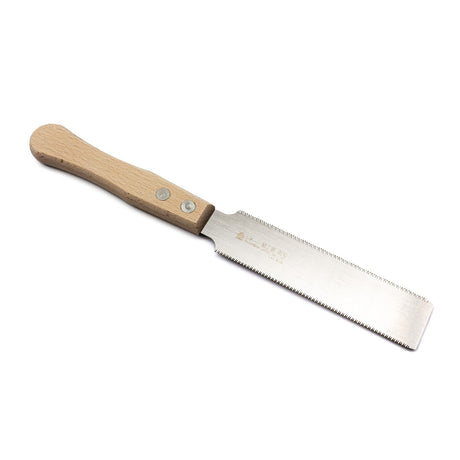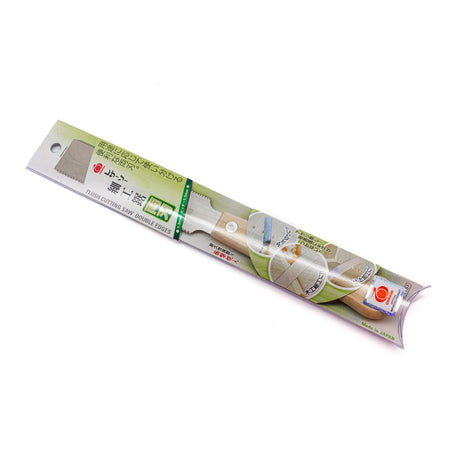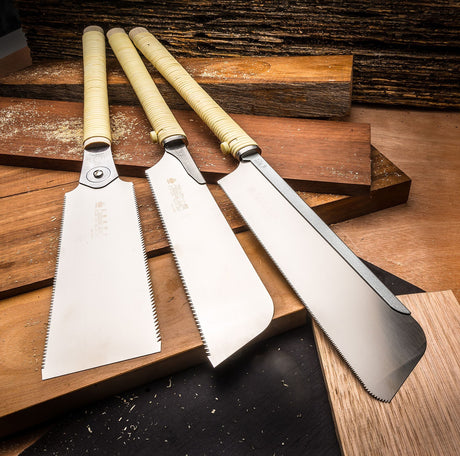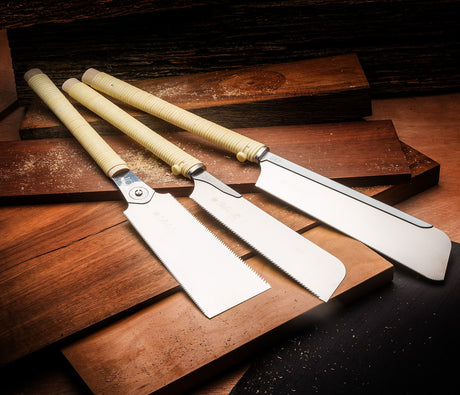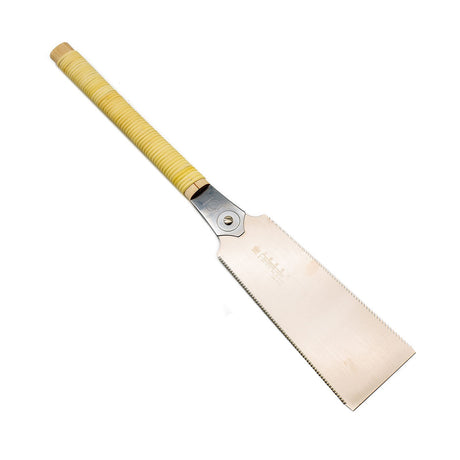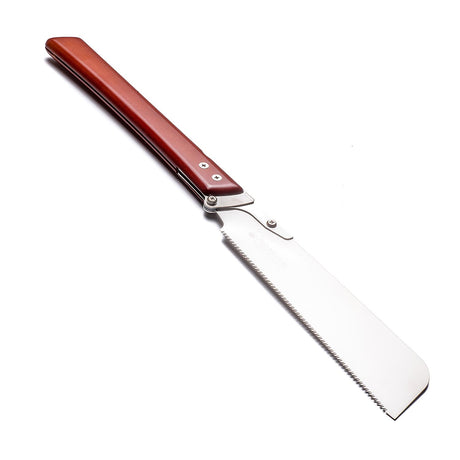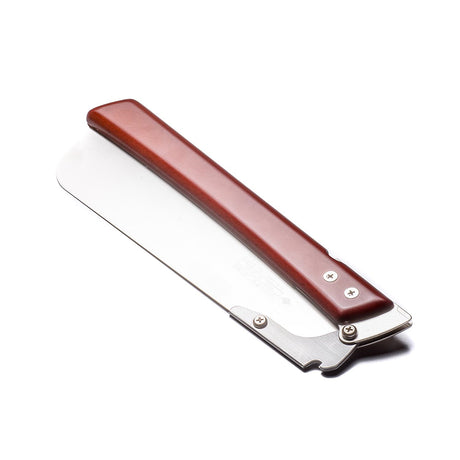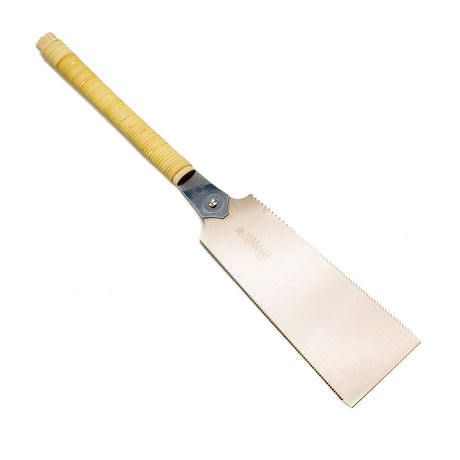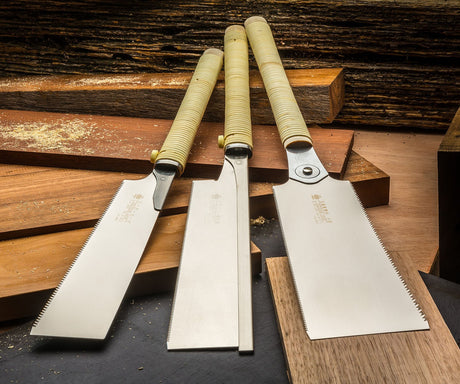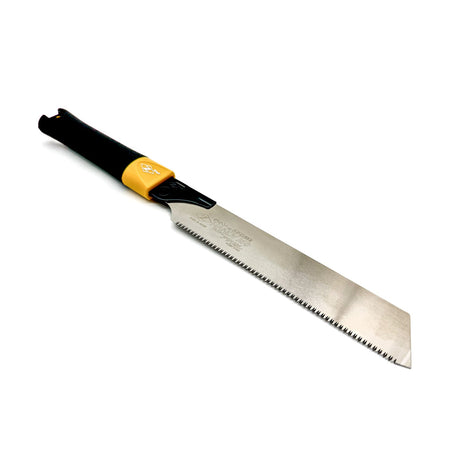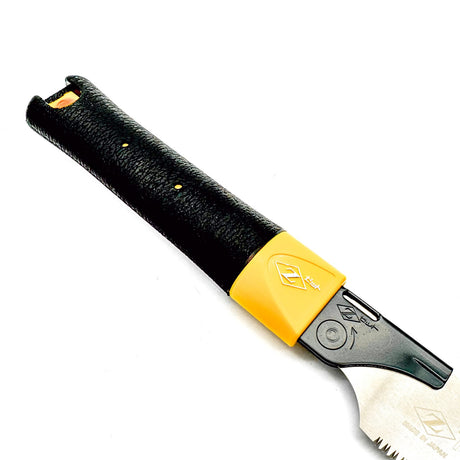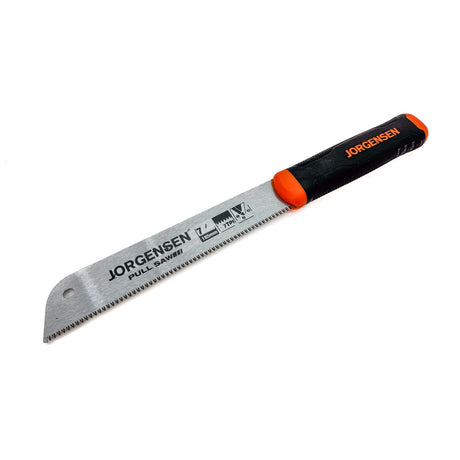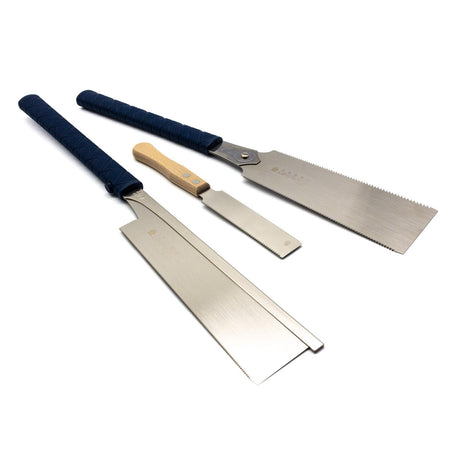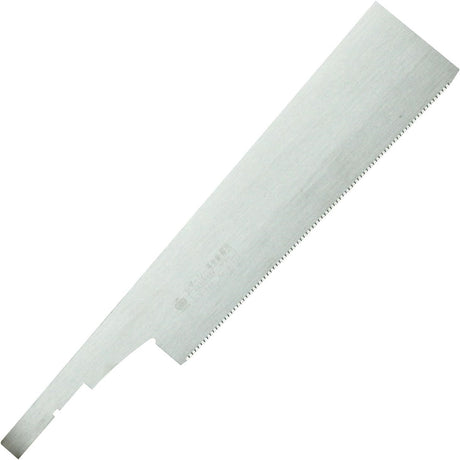Razorsaw
Razorsaw Flush Cut Saw Ryoba Flexible Japanese Trim Saw
$35.90Unit price /UnavailableIn stockRazorsaw
Razorsaw Japanese Saw General Purpose Set Dozuki Kataba Ryoba
$169.90$190.70Unit price /UnavailableIn stockRazorsaw
Razorsaw Ryoba Japanese Saw 210mm Blade General Purpose
$57.90Unit price /UnavailableIn stockRazorsaw
Razorsaw Ryoba Japanese Saw 240mm Blade General Purpose
$66.90Unit price /UnavailableIn stockRazorsaw
Razorsaw Fine Woodwork Japanese Saw Set Dozuki Kataba Ryoba
$179.90$199.70Unit price /UnavailableIn stockRazorsaw
Razorsaw Short Handled Dozuki 240 x 0.3mm 16TPI Black Handle
$64.90Unit price /UnavailableIn stockRazorsaw
Razorsaw Handy Japanese Saw Set of Three Ryoba Dozuki Flush Cut
$139.90$155.70Unit price /UnavailableLow stock (6 units)Razorsaw
Razorsaw Fine Finish Dozuki Japanese Saw 240mm Blade
$79.90Unit price /UnavailableIn stockRazorsaw
Razorsaw General Purpose Ryoba Double-Sided Japanese Saw 270mm Blade
$67.90Unit price /UnavailableIn stockRazorsaw
Razorsaw Replacement Blade for RS-616 Ryoba Double-Sided Japanese Saw 300mm
$56.50Unit price /UnavailableLow stock (6 units)Razorsaw
Razorsaw Replacement Blade for RS-450 Kataba Japanese Saw 15TPI 270mm
$34.90Unit price /UnavailableVery low stock (4 units)Razorsaw
Razorsaw Replacement Blade for RS-410 Kataba Japanese Saw 240mm
$32.90Unit price /UnavailableVery low stock (5 units)
Precision and Control with Japanese Pull Saws
Japanese pull saws are highly regarded in the woodworking community for their precision, ease of use, and the fine cuts they produce. Unlike traditional Western saws, which cut on the push stroke, Japanese pull saws cut on the pull stroke. This design allows for thinner blades that produce finer, cleaner cuts with less effort, making them an essential tool for both professional woodworkers and hobbyists.
These saws are ideal for a variety of woodworking tasks, including intricate joinery, fine detail work, and cutting through hardwoods with precision. The range of Japanese pull saws available includes models designed for specific tasks, such as the Dozuki saw for fine joinery and the Ryoba saw for versatile crosscutting and rip cutting. The lightweight design and ergonomic handles of these saws provide excellent control, reducing fatigue and enhancing accuracy.
One of the key advantages of Japanese pull saws is their ability to make precise cuts with minimal tear-out, which is particularly important when working with delicate materials or on visible joints. The sharpness and flexibility of the blades allow for precise control, enabling woodworkers to achieve clean, smooth finishes that are difficult to replicate with other types of saws.
Whether you are working on detailed woodworking projects or need a versatile saw for various cutting tasks, Japanese pull saws offer superior performance and reliability. Explore the range of Japanese pull saws to find the perfect tool that meets your specific woodworking needs.
FAQs
What is the difference between Japanese pull saws and Western saws?
The primary difference between Japanese pull saws and Western saws is the direction of the cutting stroke. Japanese pull saws cut on the pull stroke, allowing for thinner, more flexible blades that produce finer cuts. In contrast, Western saws cut on the push stroke, which typically requires thicker, stiffer blades to prevent bending.
Which Japanese pull saw is best for fine joinery?
The Dozuki saw is the best choice for fine joinery. It features a thin, rigid blade supported by a back spine, making it ideal for precise cuts in dovetails, tenons, and other intricate joinery work. The fine teeth of the Dozuki saw allow for extremely smooth and accurate cuts.
Can Japanese pull saws be used for rip and crosscutting?
Yes, the Ryoba saw is designed for both rip and crosscutting. It features two different tooth patterns on each edge of the blade: one side for rip cuts along the grain and the other for crosscuts across the grain. This versatility makes the Ryoba saw a popular choice for general-purpose woodworking.
How do I maintain and sharpen a Japanese pull saw?
Maintaining a Japanese pull saw involves keeping the blade clean and dry to prevent rust. Traditional Japanese saws are often not sharpened by the user, as the teeth are too fine and hard for standard sharpening tools. Instead, replacement blades are available when the saw becomes dull. However, some woodworkers with the right tools and expertise may choose to sharpen them themselves.
Are Japanese pull saws suitable for beginners?
Yes, Japanese pull saws are suitable for beginners due to their ease of use and the control they offer. The pull stroke requires less force, making it easier to guide the saw along the cutting line. This control helps beginners achieve accurate cuts with less effort and a lower chance of mistakes.
What materials can I cut with a Japanese pull saw?
Japanese pull saws are primarily used for cutting wood, but they can also be used on other materials like plastic and bamboo. The fine teeth and sharpness of the blades allow for clean cuts in a variety of materials, although the specific material compatibility depends on the saw type and tooth pattern.
What is the best way to store a Japanese pull saw?
Store your Japanese pull saw in a dry place, preferably in a protective sleeve or case, to prevent damage to the blade. Hanging the saw by its handle or storing it flat in a toolbox can also help protect the teeth from becoming dull or bent. Regularly inspecting the blade for any signs of rust or wear is also recommended.

